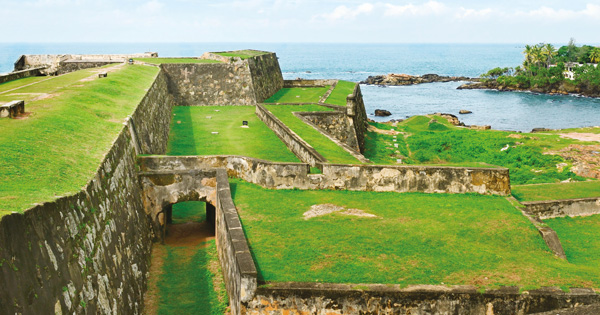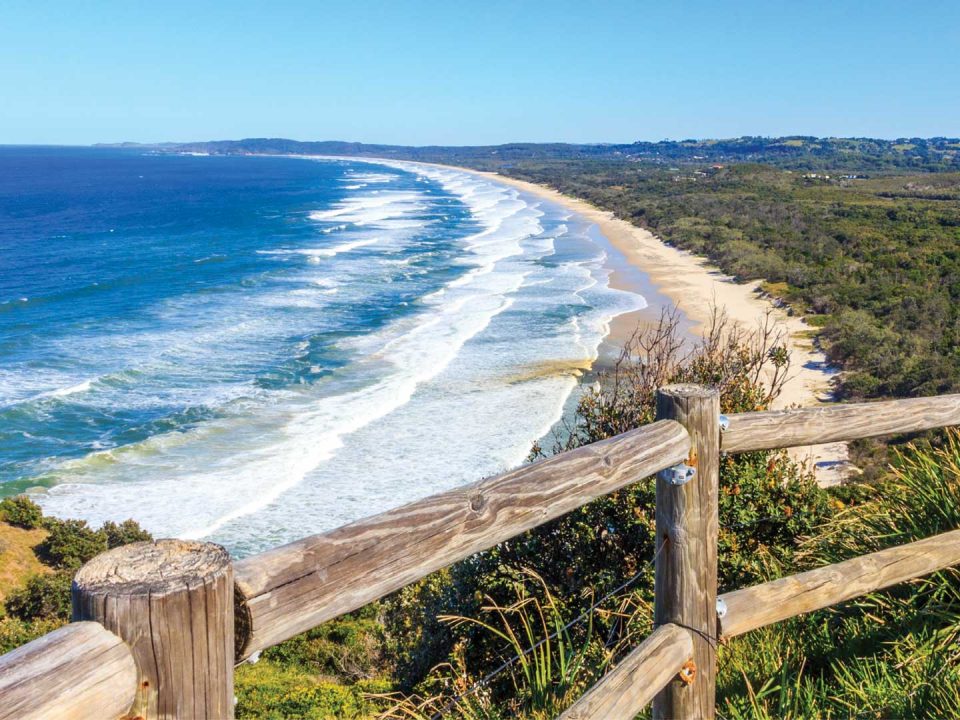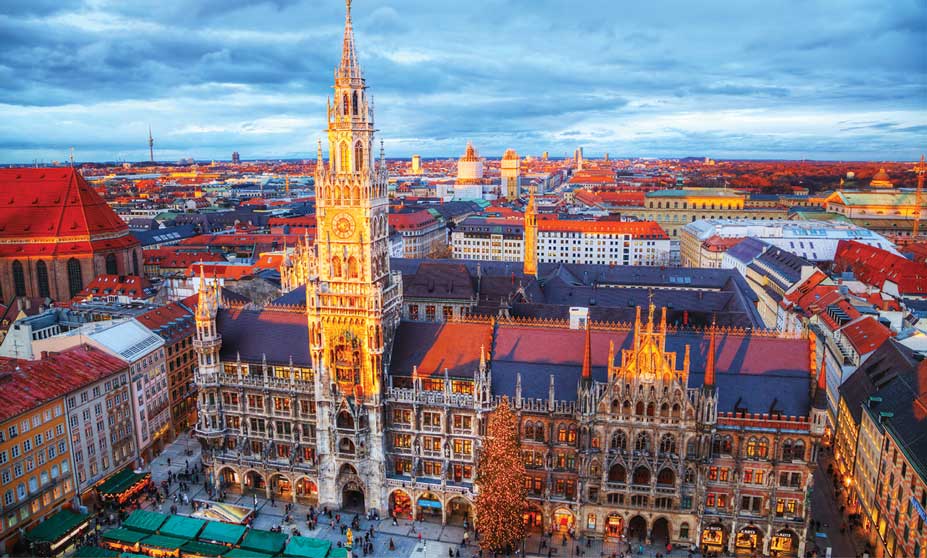THE SOUTHERN FORT

The Philippines Island Voted the Best in the World
March 2, 2020
ZIMBABWE TOUR
March 2, 2020A fortress of solitude
Larina Arrowsmith enjoys spending quiet time one morning at the Galle Fort

As well as some truly remarkable architecture, Galle offers visitors an opportunity to enjoy a slice of history with its car-free cobbled streets, buildings bearing the architectural styles of its various European colonisers and tiny craft shops nestled amongst the houses like hidden gems. It’s like travelling back in time; and it doesn’t take me long to realise that I have arrived at a very special place.
We reach the fort in perfect time for our tour thanks to the military precision with which our leader organises the day. As a result, we manage to avoid most of the crowds and are rewarded with a chance to walk around a site that is almost completely empty.
Deciding to explore by myself, I stand on the wall overlooking Galle and survey the city below. I’m pleased with my decision to wander off alone rather than listen to our guide because as informative and interesting as he is, sometimes there is no substitute for simply experiencing a place on your own – and learning everything you need to know by clearing your mind and letting the surroundings tell their own story.
I indulge in a lengthy walk around the vast open grounds, which allows me to soak up more of the atmosphere and picture what the fortress would have looked like over 400 years ago. After entering through the Main Gate, I study the granite and coral walls and ramparts, and marvel at a structure that has not only stood the test of time and all its challenges but also the ravages of the 2004 tsunami.
Upon reaching the clock tower that stands above the fort at four storeys high, I discover that this monument, which hails from the late 19th century, was built in memory of colonial surgeon Dr. P. D. Anthonisz in recognition of his medical accomplishments.
As the sun beats down, I leave behind the bustling scene beneath me and head to the coast. Walking along the entire length of the fortress wall, I admire the scenery as it unfolds into a picture postcard of seaside serenity in front of me.
The brilliant blue sky, fluffy white clouds and a sea full of boats provide the perfect backdrop for the pièce de résistance, which is the light-house that stands on the fort’s southeastern tip. Framed by tall palm trees, green grass and a soft sandy beach, this iconic landmark creates a unique watercolour painting of sorts that captures a perfect moment in time.
Scrambling up the nearby rocks, I arrive at the quintessential lookout spot that allows me to see for miles out to sea as well as provides the ideal place to spot ships or boats arriving in the harbour. Also, it offers another chance to press rewind in my mind to envision this famous port at the peak of its trading days.
After visiting the lighthouse, it’s time to meet up with the group; and by now, the heavy morning sun is bearing down relentlessly. So I walk down to the bottom of the hill and take shelter under an enormous banyan tree, and enjoy people watching as more tourists arrive. I treat myself to an ice cream while savouring the peace and quiet I have found in my own little shaded haven. Finally, it’s time to explore the shops, colourful colonial style buildings, boutique hotels and cosy cafes that offer a welcoming place to relax after a busy morning of sightseeing. It’s hard not to fall in love with this city – and I’ll remain forever grateful that I visited Galle before leaving Sri Lanka.

TOP TIPS
- The Galle Fort is open 24 hours a day.
- It takes approximately three hours to reach Galle from Colombo down the A2 highway or a little over half that time if you take the E01 expressway. Alternatively, take an Uber for Rs. 8,000-10,000 or the coastal train from the Colombo Fort to Matara through Galle.
- The best time to visit is between May and October when the fort is less crowded and hotel prices are lower.
- The Galle Fort becomes extremely hot so visitors need to ensure that they bring plenty of sunscreen, a hat and some water.
- There are many things to do in the fort. You can take a walk along the ramparts, which extend for some three kilometres and offer stunning views. A visit to the lighthouse is not to be missed. The Old Dutch Hospital is steeped in history and there are plenty of local shops to browse around including food markets, galleries and jewellers.
- There is a handful of small museums nearby where you can learn about the history of the fort in more detail.
- There are plenty of places to relax and enjoy a massage or afternoon tea.

FORTRESS FACTS
- The Galle Fort was built in 1588 by the Portuguese and later, fortified by the Dutch in the 17th century.
- It’s known as Ramparts of Galle and also the Dutch Fort.
- The British took over the fort on 23 February 1796, a week after Colombo was occupied and Ceylon remained a British colony until independence in 1948.
- This original structure was built out of earth and clay, and then a seawall was added by the Dutch in 1729.
- There are two gates – the Main Gate, which has a drawbridge surrounded by a moat, is located along the northern stretch of the fort; and the inner gate is known as the Old Gate.
- The layout of the fort is in the form of a small walled town with a network of streets.
- Lighthouse Street (Dutch, ‘Zeeburgstraat’) was named after a lighthouse that was destroyed by fire in 1938.
- The fort managed to withstand the 2004 tsunami and any damage inflicted on its edifice has been repaired.
- The Galle Fort became a UNESCO World Heritage Site in 1988, and the government is looking to turn it into one of the wonders of the world.









